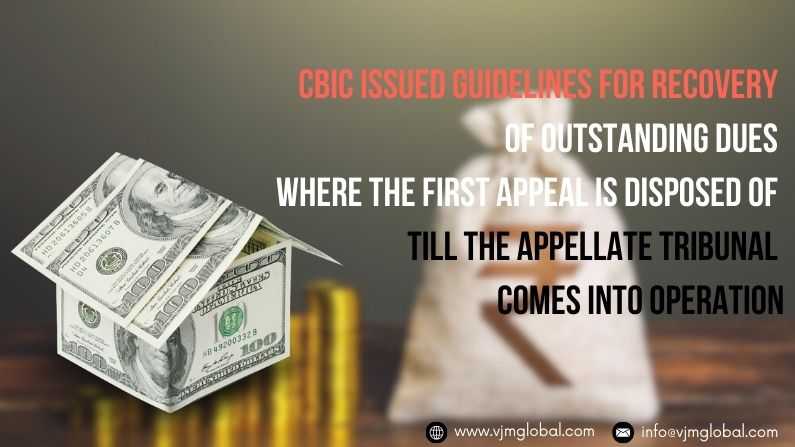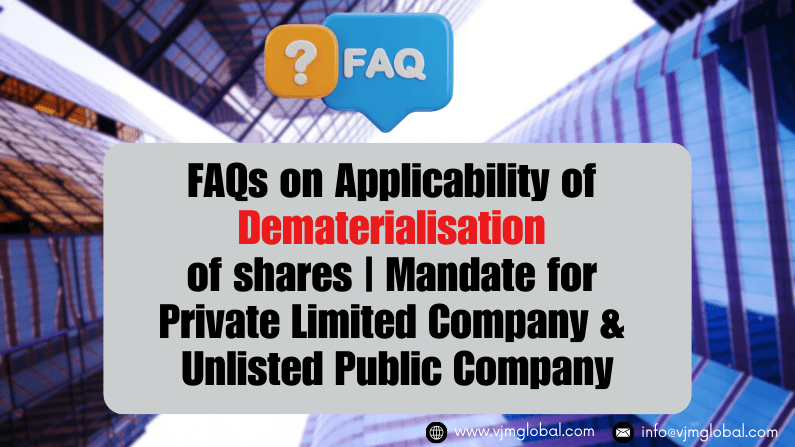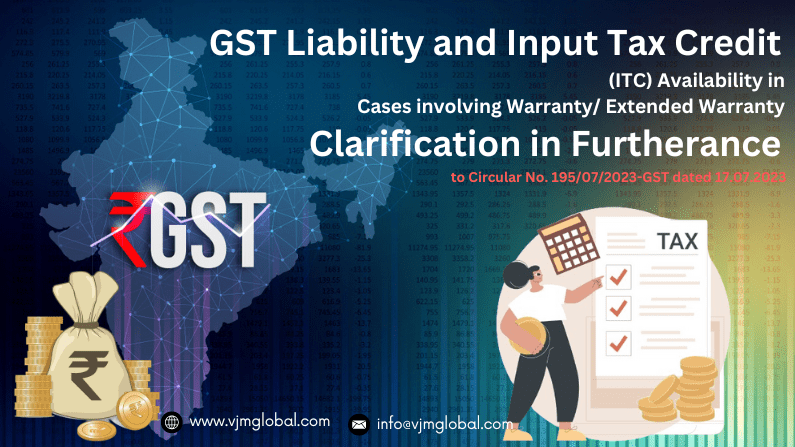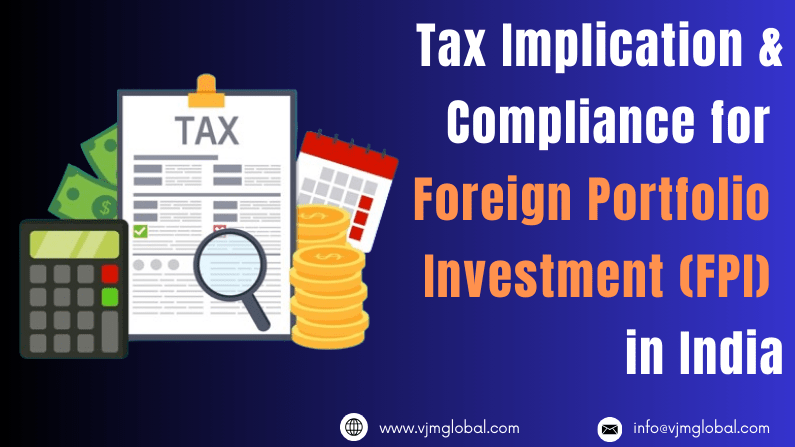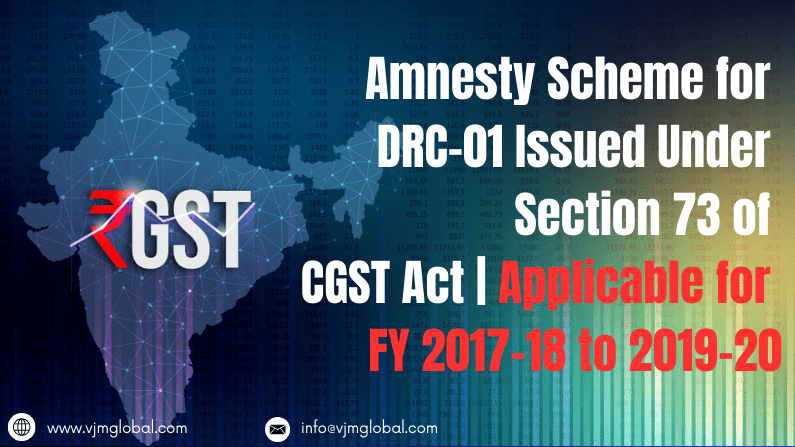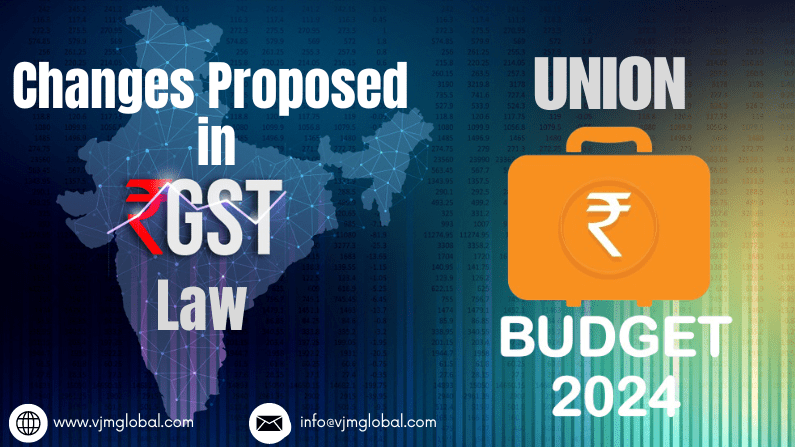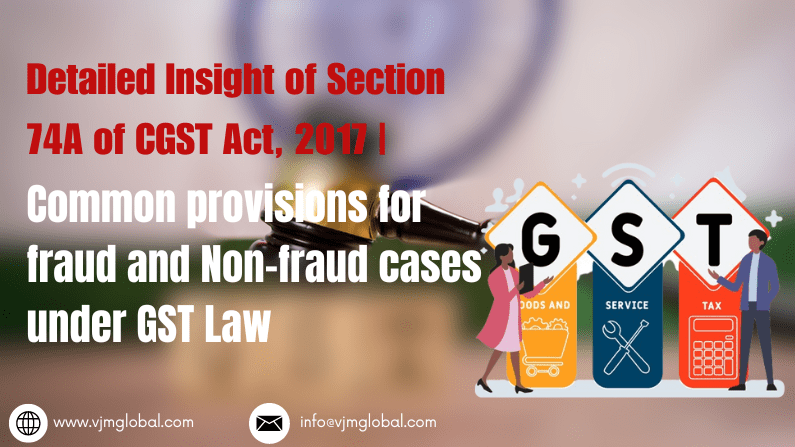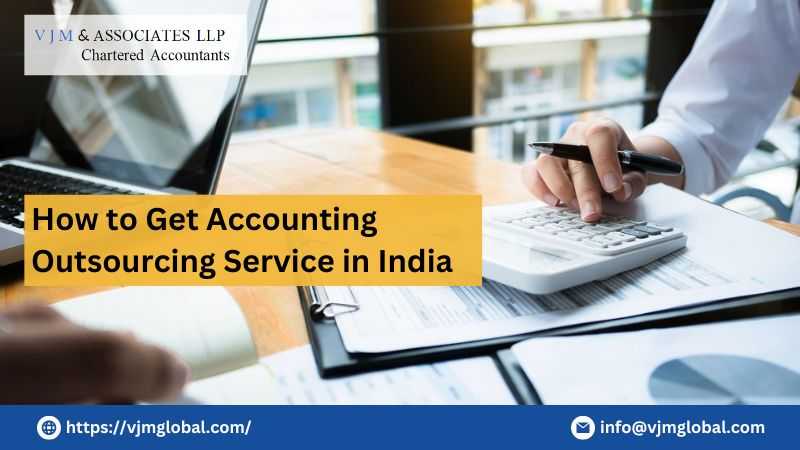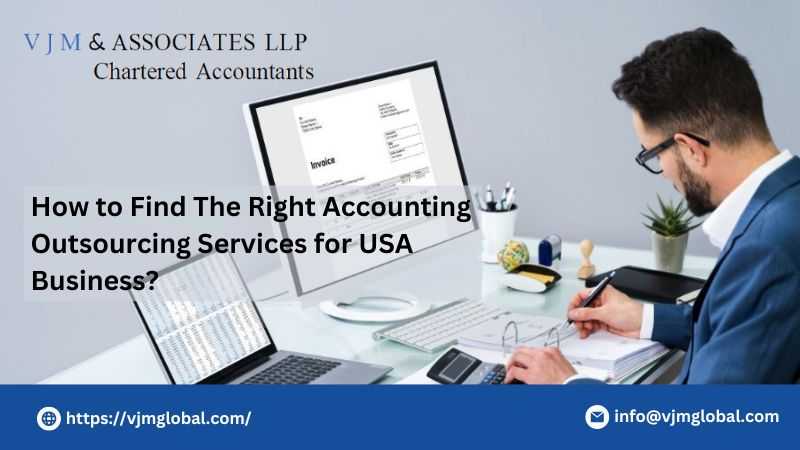Voluntary Winding up takes place when the company is not making any profits or owners don’t want to run the Company any further. However, a company does not get wind up by merely leaving it unattended. Similar to the incorporation, Winding up also required detailed legal compliances so that Company can get closed legally and no penalty is imposed on the directors and company.
There are various options available to close such as Sell the Company, Removal of name from the register of members, voluntary winding up, compulsory winding up etc. You can find options to close a company in detail here.
In this article, we have discussed the option to wind up a company voluntarily. Voluntary winding of companies was earlier governed by Section Chapter XX of Companies Act (Section 304 to Section 323 of the Companies Act, 2013). However, provisions related to voluntary winding up were provided under the Insolvency and Bankruptcy COde, 2016 and consequently, Section 304 to Section 323 were omitted. Now, voluntary winding of a company or any corporation person, i.e., LLP, etc., is governed by the Insolvency and Bankruptcy Code, 2016.
1. Who can wind up voluntarily
- As per Section 59(1) of Insolvency & Bankruptcy Code, 2016, a corporate person is eligible for voluntary winding up under this Act.
- A corporate person means:
- A Company;
- A Limited Liability Partnership;
- Any other person incorporated with limited liability under any law
However, a “Financial Service Provider” does not come under the purview of a Corporate person.
- Any person who has not committed any default may initiate voluntary winding up under this Act.
2. Procedure of Voluntary Winding Up
The Company is required to follow following procedure for winding up:
a. Declaration from Majority of Directors:
- The Company shall obtain a declaration from the majority of directors of the company that:
- they have made a full inquiry into the affairs of the company and they confirm that either the company has no debt or that it will be able to pay its debts in full from the proceeds of assets to be sold in the voluntary liquidation; and
- The company is not liquidated to defraud any person
- Such declaration shall be given on stamp paper of INR 100 in case of Indian Directors.
- Where Directors signing the Declaration are based in Foreign Country, such declaration to be duly notarized and apostilled.
- The declaration from directors shall be accompanied with following documents:
- Audited financial statements and record of business operations of the company for the previous 2 years or for the period since its incorporation;
- A report of the valuation of the assets, if any prepared by a registered valuer;
b. Special resolution by the Shareholders
- Within 4 weeks of director’s declaration, the Company shall pass a special resolution in the general meeting of members requiring the company to be liquidated voluntarily and appointing an insolvency professional to act as the liquidator.
- However, in case the company is winding up due to expiry of the period of its duration, if fixed by its AOA, or on the occurrence of any event, as specified in AOA, the company shall pass the ordinary resolution.
c. Approval by Creditors
- In case the company owes any debt to any person, creditors representing 2/3rd in value of the debt of the company shall approve the resolution passed by the shareholders within 7 days of such resolution.
d. Intimation to Registrar and IBBI (Insolvency and Bankruptcy Board of India) of Company
- The Company is required to notify both Registrar of the Company and IBBI about voluntary winding up within 7 days of passing member’s resolution or approval of creditors, wherever required.
- Proceedings of the voluntary liquidation shall be deemed to have commenced from the date of passing of the member’s resolution, subject to the approval of creditors.
- The Company shall cease to carry on its business from the liquidation commencement date except as far as required for the beneficial winding up of its business.
- For the purpose of intimation, the company is required to file following form with Registrar:
- MGT-14: for Board and special resolution
- GNL-2: For Declaration of Solvency & Appointment of Liquidator
e. Liquidation by Official Liquidator
- The Official liquidator shall carry out the liquidation process in accordance with Section 35 to 53 of Insolvency & Bankruptcy Code, 2016 read with the Insolvency and Bankruptcy Board of India (Voluntary Liquidation Process) Regulations, 2017.
- Appointment of Official Liquidator:
- An insolvency professional shall be appointed as Liquidator;
- The Company shall intimate the IBBI about his appointment within 7 days of his appointment;
- An insolvency professional should be independent of the corporate person.
- The remuneration payable to the liquidator shall form part of the liquidation cost
- Functions of Official Liquidator:
- The official liquidator shall prepare and submit the preliminary Report, annual status report, Minutes of consultation with stakeholder and final report.
- Public Announcement by the liquidator:
- The liquidator shall make a public announcement in Form A of Schedule I within 5 days from his appointment.
- The public announcement shall-
- call the stakeholders to submit their claims as on the liquidation commencement date; and
- provide the last date for submission of claim, which shall be 30 days from the liquidation commencement date.
- The announcement shall be published in:
- one English and one regional language newspaper with wide circulation at the location of the registered office and principal office, if any, of the corporate person and any other location where the corporate person conducts material business operations;
- on the website
- on the website, if any, designated by the Board for this purpose.
- Claims:
- The Liquidator shall collect the information about claims by:
- operational creditors,
- Financial Creditors
- Workmen and employees
- Other stakeholders
- The Liquidator shall collect the information about claims by:
- Substantiation of claims.
- The liquidator may call for such other evidence or clarification as he deems fit from a claimant for substantiating the whole or part of its claim.
- Verification of claims:
- The liquidator shall verify the claims submitted within 30 days from the last date for receipt of claims and may either admit or reject the claim, in whole or in part, as the case may be, as per section 40 of the Code.
- The liquidator shall prepare a list of stakeholders on the basis of proofs of claims submitted and accepted under these Regulations.
- The liquidator shall prepare the list of stakeholders within 45 days from the last date for receipt of claims.
- Realization of Assets:
- The liquidator may value and sell the assets of the corporate person in the manner and mode approved by the corporate person in compliance with provisions, if any, in the applicable statute.
- The liquidator shall endeavor to recover and realize all assets of and dues to the corporate person in a time-bound manner for the maximization of value for the stakeholders.
- Proceeds of Liquidation and Distribution of Proceeds:
- Opening of Current Account and Collection of Proceeds:
- The liquidator shall open a bank account in the name of the corporate person followed by the words ‘in voluntary liquidation’, in a scheduled bank.
- Such banks shall be utilized for the receipt of all money due to the corporate person.
- All payments out of the account by the liquidator above INR 5,000 shall be made by cheques drawn or online banking transactions against the bank account.
- Opening of Current Account and Collection of Proceeds:
- Distributions
- The liquidator shall distribute the proceeds from realization within 30 days from the receipt of the amount to the stakeholders.
- The liquidation costs shall be deducted before such distribution is made.
- Completion of Liquidation
- The liquidator shall complete the liquidation process of the corporate person and submit the Final Report within:
- 275 days from the liquidation commencement date where the creditors have approved the resolution; and
- 90 days from the liquidation commencement date in all other cases.
- The liquidator shall complete the liquidation process of the corporate person and submit the Final Report within:
- If the liquidation process continues for more than 12 months, the liquidator shall hold a meeting of the contributors within 15 days from the end of 12 months from the liquidation commencement date and at the end of every succeeding 12 months till the dissolution of the corporate person.
- Final Report
On completion of the liquidation process, the liquidator shall prepare the Final Report consisting of:
- audited accounts of the liquidation
- a statement demonstrating assets, the debt and no litigation is pending against the corporate person or sufficient provision has been made to meet the obligations arising from any pending litigation.
- A sale statement in respect of all transactions
- The liquidator shall send the Final Report forthwith, to the Registrar and the Board.
f. Dissolution of Corporate person
- On completion of process of winding up and complete liquidation, the liquidator shall make an application to the Adjudicating Authority for the dissolution of such corporate person. ‘Adjudicating Authority’, shall mean National Company Law Tribunal.
- The Adjudicating Authority shall, on application filed by the liquidator, pass an order that the Company shall be dissolved from the date of that order and the Company shall be dissolved accordingly.
- Copy of order shall be forwarded to the authority under which company is registered within 14 days from date of order.



